Two weeks after a SpaceX Falcon 9 rocket suffered a rare mission-ending mishap, another one of the slender rockets lifted off from Florida’s Space Coast. Within an hour, it successfully placed its payload of 23 Starlink satellites into their intended orbit. The issue-free flight marked the conclusion of an unprecedentedly swift mishap investigation and return-to-flight campaign. It also has outsized significance for organizations across the civil, commercial, and military segments of the space industry, which have come to rely heavily on the workhorse rocket. With the return of the Falcon 9, SpaceX is poised to resume a record-breaking cadence of launches as it continues building the Starlink constellation while placing crew and cargo into orbit.
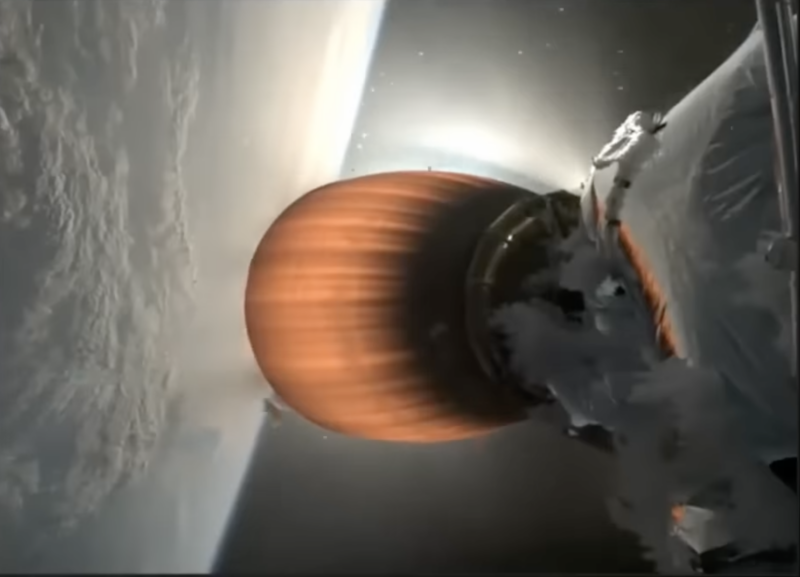
16 days ago, the spaceflight world was shocked when a Falcon 9 unexpectedly failed during the Starlink 9-3 mission. The second stage of the rocket was unable to place its Starlink satellites into a stable orbit after its single Merlin Vacuum engine failed, and the spacecraft all reentered the atmosphere and disintegrated within a day. The loss broke a string of 325 successful Falcon 9 launches, which more than doubled the previous record of consecutive successful flights set by Russia’s Soyuz-U booster.
Within hours, SpaceX and the Federal Aviation Administration (FAA), the regulatory body charged with overseeing commercial launches, had begun a mishap investigation. They rapidly closed in on the cause of the engine failure [1]. A small line of tubing on the second stage connects the second stage’s liquid oxygen plumbing to a pressure sensor. During a nominal mission, the sensor helps ensure that the propellant tanks are feeding oxidizer to the engine at the proper rate. However, during Starlink 9-3, the clamp securing this segment of tubing in place was too loose. Excessive vibration ultimately caused the sense line to rupture, spewing a stream of liquid oxygen onto the engine itself.
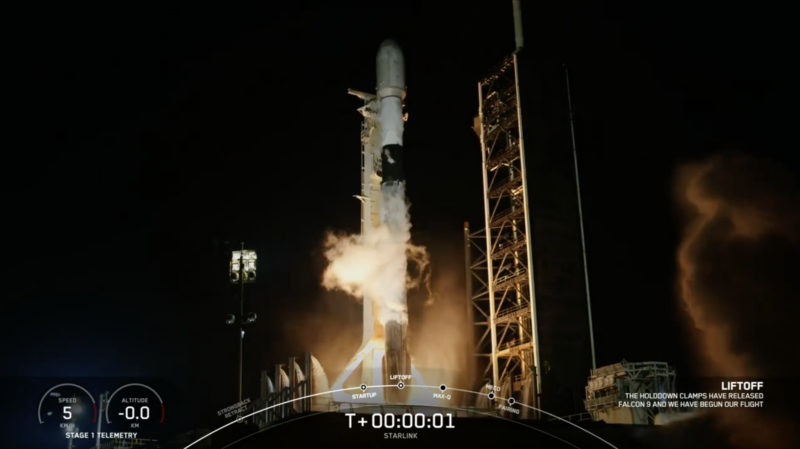
The cryogenic liquid oxygen, in turn, had a temperature of -297 degrees Fahrenheit (-183 degrees Celsius). When it condensed on the engine, it cooled the engine ignition system below its standard operating temperature. When the Merlin Vacuum engine relighted to attempt to place the Starlink satellites into their intended circular orbit, it experienced what SpaceX called a “hard start,” where the engine experiences a sudden jolt rather than a gentle ignition. The end result was what CEO Elon Musk called a “rapid unscheduled disassembly” of the engine which did not have a large enough magnitude to destroy the rest of the stage.
SpaceX was able to reach these conclusions in record time. For contrast, the first two Falcon 9 anomalies on CRS-7 and AMOS-6 were resolved in six and four months, respectively. The last loss of a Rocket Lab Electron, another rocket with an extensive flight history, resulted in a three-month stand-down. SpaceX’s rapid investigation was aided by a unique program which compiles data from every Falcon 9 flight [2]. It then autonomously compares similar missions and flags any discrepancies for review by SpaceX’s engineering team. This software is especially effective in the case of Starlink missions, which often launch into identical orbital planes. Whichever tools were utilized, the SpaceX engineering team was able to quickly locate and resolve the cause of the Starlink 9-3 anomaly.

The solution to the issue was relatively simple. For upcoming Starlink flights where human lives are not at risk, SpaceX can simply remove the pressure sensor and its accompanying feed line, sacrificing some redundancy. The loss of the sensor does not interfere with the Flight Termination System that protects public safety by destroying the rocket if it veers off course. SpaceX recommended the launch of a demonstration mission to determine that the rocket could safely return to operation. The FAA concurred with the company’s assessment, setting the stage for today’s flight.
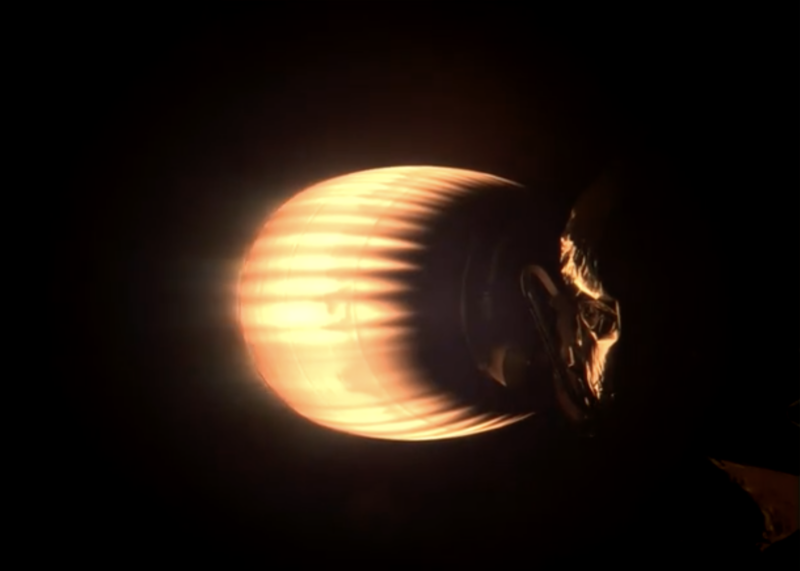
SpaceX selected the Starlink 10-9 mission to serve as Falcon 9’s return to flight. Today’s mission was similar to many of SpaceX’s recent launches. It deployed 23 Starlink satellites into a circular orbit using two burns of the second stage engine. Over 6,000 Starlink satellites are currently in orbit. They provide cellular service to customers ranging from rural homeowners lacking broadband access to cruise ships at sea to the U.S. military and American allies such as Ukraine. However, while the Starlink 10-3 mission profile resembled a standard constellation deployment mission, it carried outsized importance for SpaceX and its many customers. The underlying purpose of today’s mission was to demonstrate that Falcon 9 was ready to resume its reliable operational service.
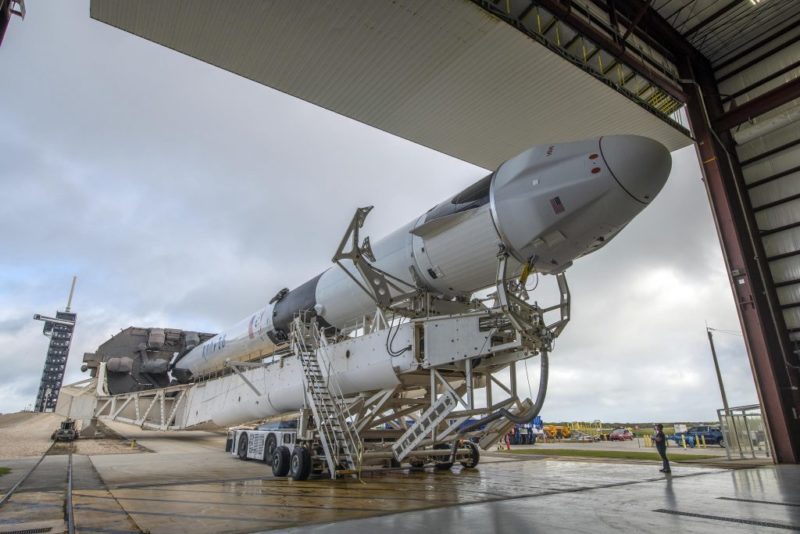
Starlink 10-9 got underway just after midnight, at 12:21 AM Eastern standard time. The Falcon 9 booster B1069, a veteran of 16 prior flights, lifted off from historic Launch Complex 39A. The flame-scarred pad, which saw the triumphant launch of Apollo 11 just over 55 years ago, added to its storied history with the return of its most prolific tenant launch vehicle. B1069 went supersonic 55 seconds after launch. 12 seconds later, it passed through Max-Q, the point at which the atmosphere exerts its maximum aerodynamic pressure on the rocket’s structure. Two and a half minutes after liftoff, the reusable booster was jettisoned, leaving the second stage to continue its climb to orbit.
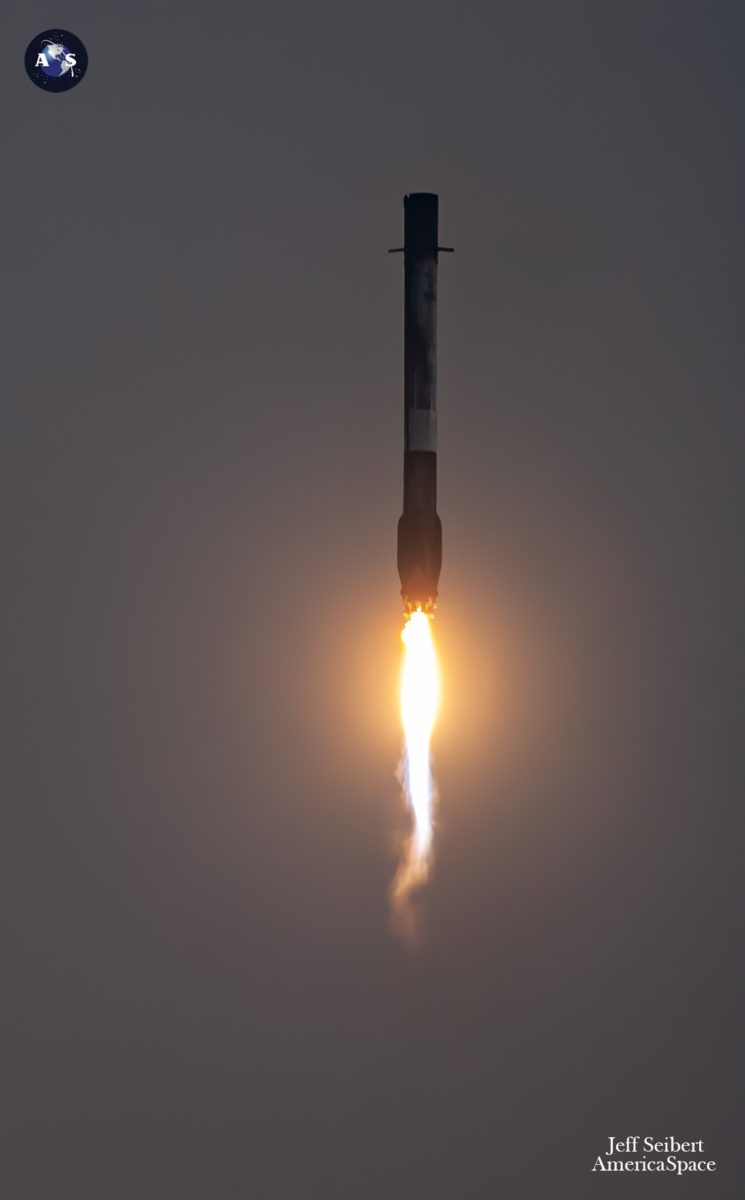
Continuing on its parabolic trajectory, B1069 reoriented itself to place its engines in its direction of travel. A three-engine entry burn reduced its velocity, limiting the heating and the aerodynamic forces which it experienced during reentry. A single-engine landing burn then allowed it to gently alight on “Just Read the Instructions,” one of SpaceX’s floating recovery platforms. It was the 17th landing for a booster with a colorful history. B1069 debuted during CRS-24, a cargo resupply flight bound for the International Space Station. Its first flight was nearly its last, as it suffered a hard landing which caused it to list to one side while standing upright and which damaged at least two Merlin engines. The booster was removed from active service for 250 days and returned to the fleet in August of 2022. B1069 has since settled into a cadence of routine launches as one of SpaceX’s 15 active Falcon 9 boosters. To date, it has deployed four large geosynchronous communications satellites, 40 satellites for the OneWeb megaconstellation, and 13 clutches of Starlink satellites.
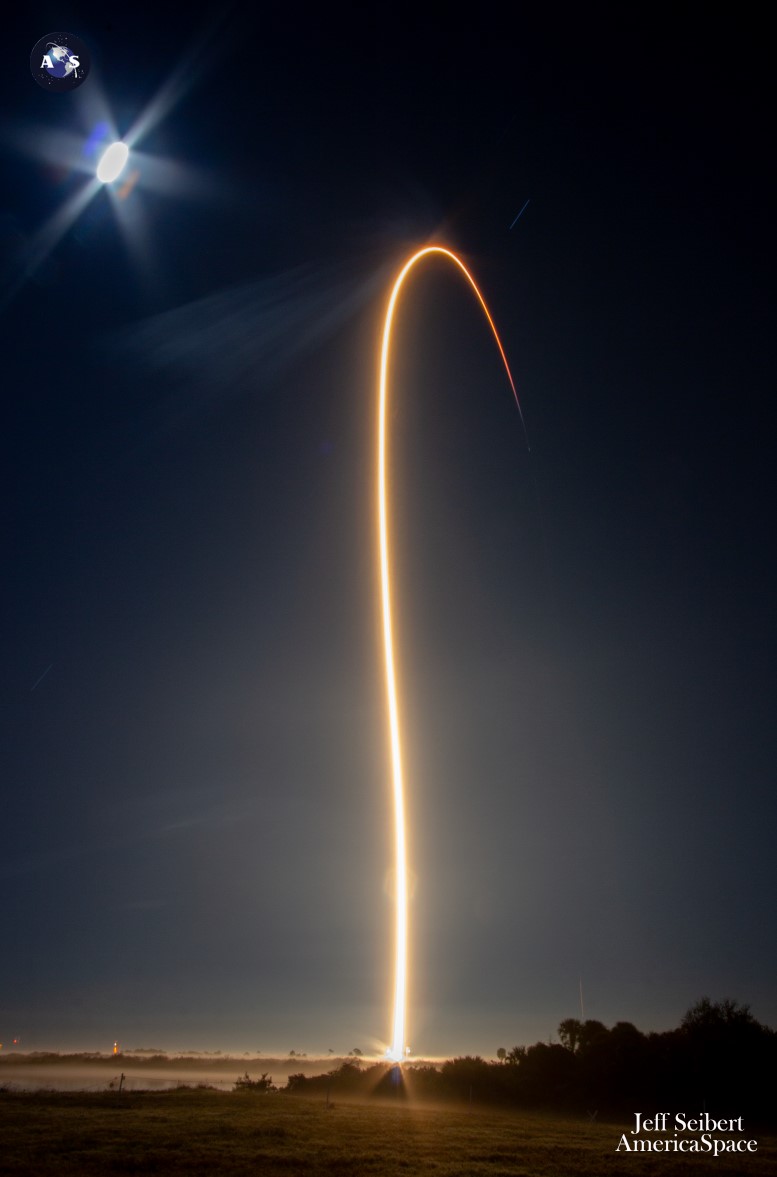
Meanwhile, the second stage accelerated towards orbit. Its engine cut off on schedule, just shy of nine minutes after liftoff. It reignited 42 minutes later to place the Starlink satellites into a stable, circular orbit. The flight appeared to be flawless, and no traces of the liquid oxygen leak were visible in the videos which were captured by two cameras on the second stage. “Back in the saddle!”, Musk exclaimed [3].
The success of Starlink 10-9 should clear the Falcon 9 to resume doing what it does best: placing payloads into orbit for SpaceX and its customers at an unprecedented rate. The Falcon 9 team will spend a day reviewing telemetry to confirm that the return to flight did not encounter any issues. The company is preparing for a salvo of two launches which will from KSC and Vandenberg Space Force Base in California as early as Sunday, July 28th. Due to the two-week stand-down, it is unclear whether SpaceX will still be able to achieve its aspirational goal of launching 144 flights in 2024. However, barring unforeseen difficulties, it will certainly exceed 100 flights in a calendar year – a feat which has never been accomplished by any other rocket.
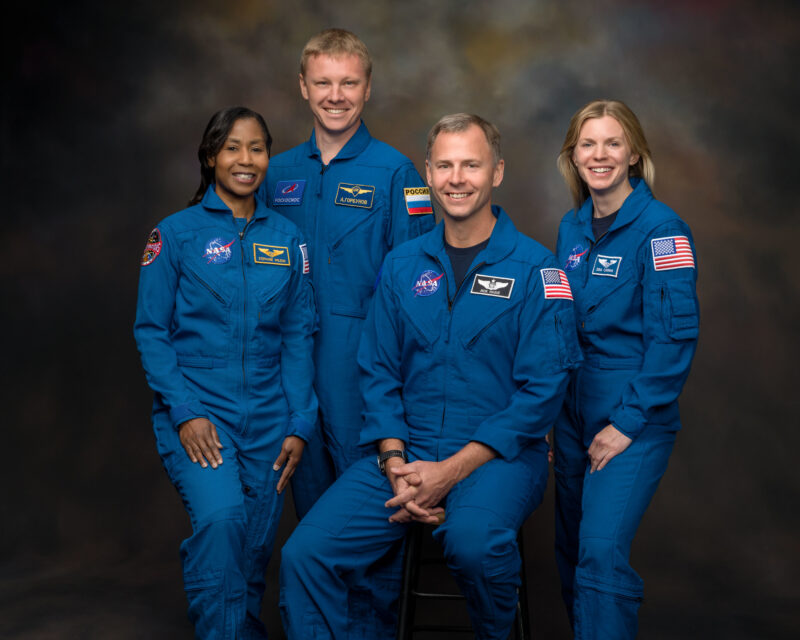
SpaceX may require a few extra weeks before it is comfortable with launching its most precious cargo. The next piloted flight of the Crew Dragon capsule will likely be NASA’s Crew-9 mission. Prior to the launch of Crew-9, NASA elected to perform its own review of the Starlink 9-3 anomaly to confirm that Falcon 9 meets the agency’s requirements for flight safety. It is unclear whether the liquid oxygen pressure sensor will need to be reinstalled for human missions. Crew-9 Commander Zena Cardman, Pilot Nick Hague, and Mission Specialists Stephanie Wilson and Aleksandr Gorbunov are currently slated to depart from Pad 39A as early as August 18th. The launch window extends into early September, granting SpaceX and NASA some flexibility with the launch schedule.
Missions » Commercial Space » Starlink »
Posts associated with the Commercial Space missions
